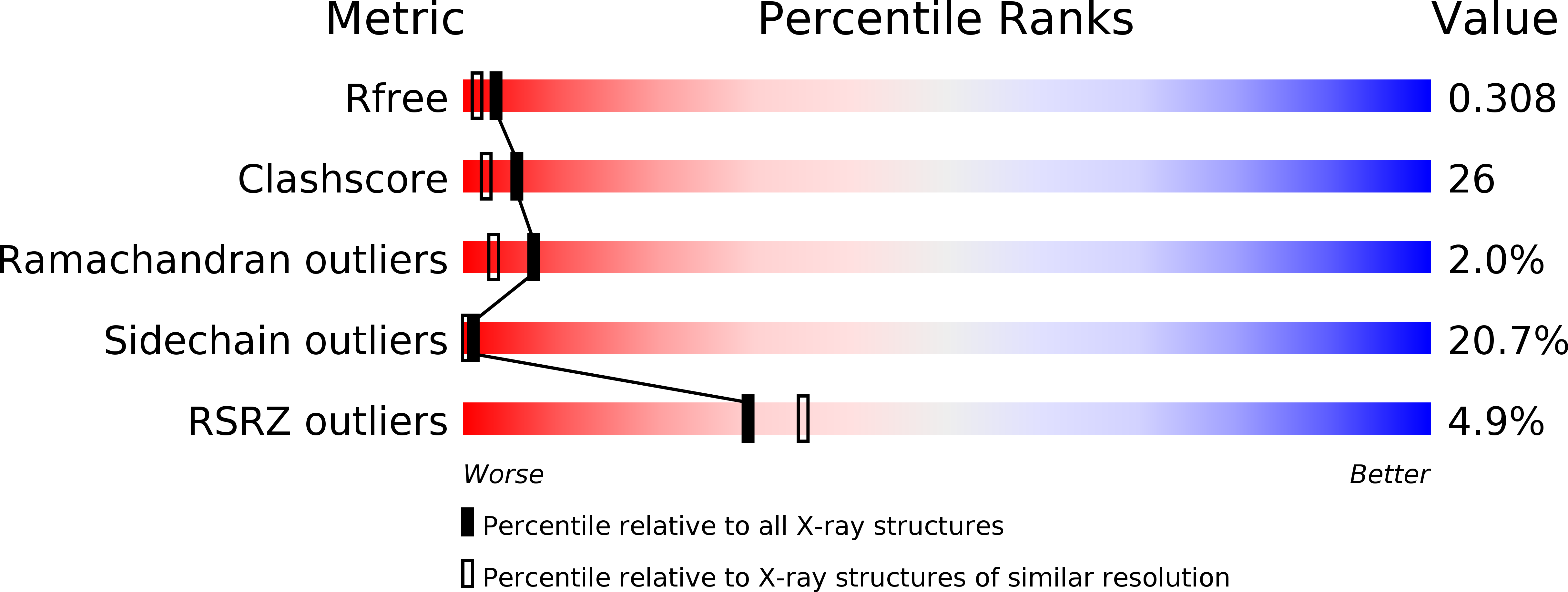
Deposition Date
1999-05-26
Release Date
2000-05-26
Last Version Date
2024-11-20
Method Details:
Experimental Method:
Resolution:
2.10 Å
R-Value Free:
0.31
R-Value Work:
0.24
R-Value Observed:
0.24
Space Group:
P 21 21 21


